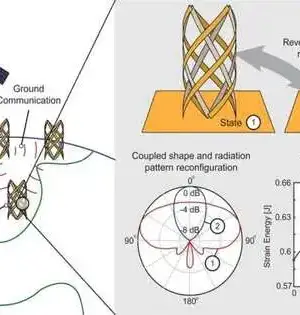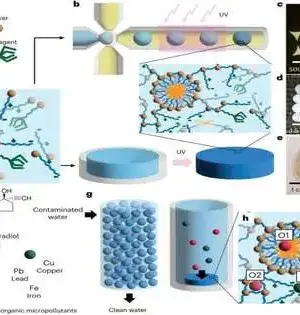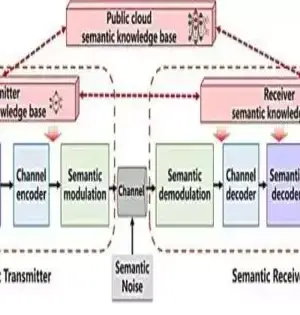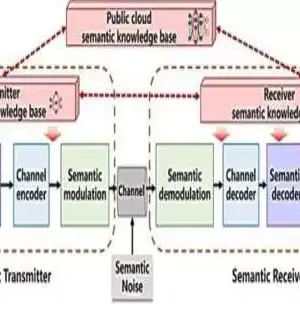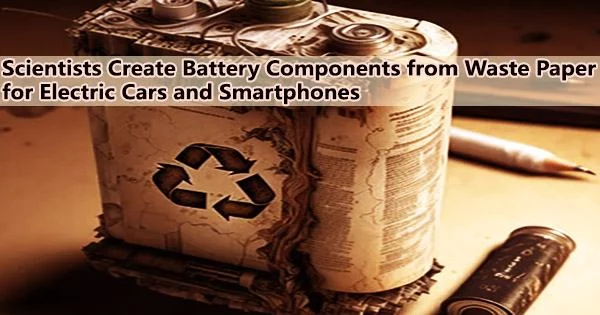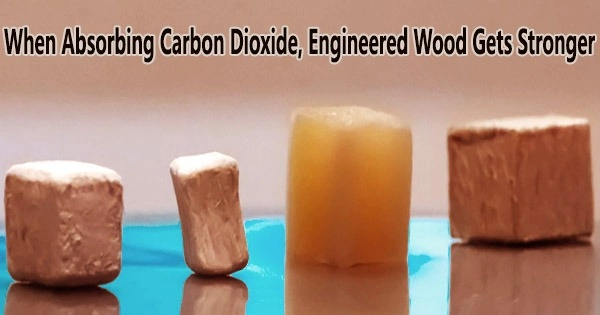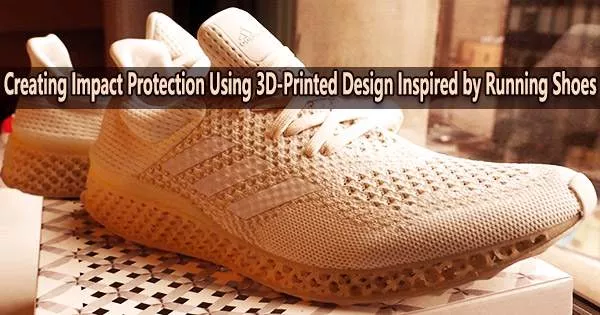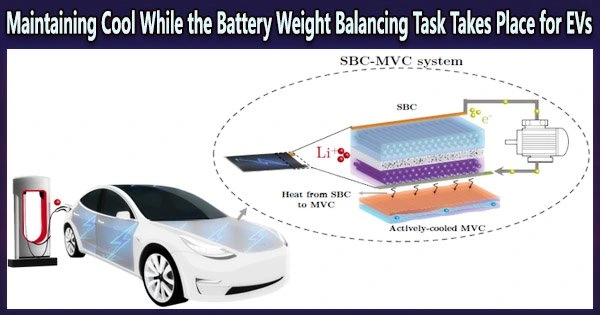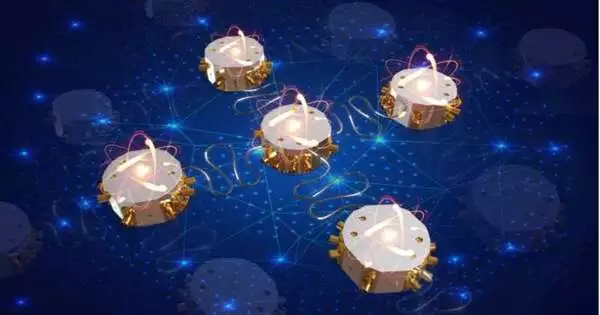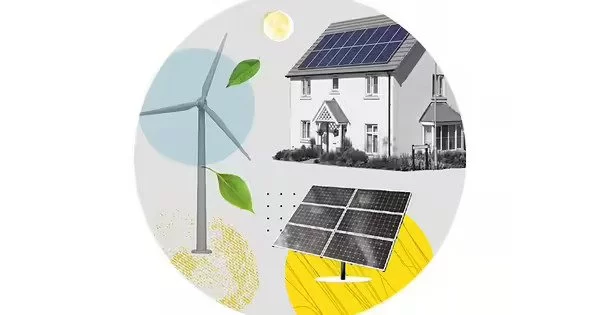A substance created by West Virginia University researchers has the potential to significantly reduce the amount of heat that power plants send into the atmosphere. A team led by Xueyan Song, professor, and George B. Berry Chair of Engineering at the Benjamin M. Statler College of Engineering and Mineral Resources, has created an oxide ceramic material that solves a longstanding efficiency problem plaguing thermoelectric generators. These appliances have the ability to produce energy from heat, including global warming-related heat emissions from power plants. The breakthrough oxide ceramic Song's team produced “achieved a record-high performance that had been deemed impossible,” she
Engineering
The Notre-Dame de Paris is the first Gothic-style cathedral that is known to have been initially built with a significant amount of iron used to fasten stones together. The 2019 fire that significantly damaged the cathedral enabled analyses leading to this discovery, by Maxime L'Héritier of Université Paris 8, France, and colleagues, who present these findings in the open-access journal PLOS ONE on March 15, 2023. At a height of 32 meters when it was built in the middle of the 12th century, Notre-Dame was the highest structure ever constructed. This record may have been made feasible by integrating a
Scientists at Nanyang Technological University in Singapore (NTU Singapore) have created a method to transform waste paper from cardboard boxes and single-use packaging into a vital component of lithium-ion batteries. The NTU researchers used a process called carbonization, which turns paper into pure carbon, to transform the paper's fibers into electrodes that can be used to create rechargeable batteries for electric cars, medical equipment, and mobile devices. The team heated the paper to high temperatures to carbonize it, which turns it into pure carbon, water vapor, and oils that may be utilized to make biofuel. Although carbonization occurs in the
Scientists at Rice University have developed a method to strengthen wood for use in buildings while also engineering it to trap carbon dioxide through a technique that may be scaled up and uses less energy. Building construction and use are estimated to be responsible for 40% of carbon dioxide emissions, which makes structural elements like steel or cement expensive both financially and environmentally. Creating environmentally friendly substitutes for current materials could help slow global warming and cut carbon dioxide emissions. According to a study published in Cell Reports Physical Science, materials scientist Muhammad Rahman and associates discovered a way to
The concept of a 3D-printed product, which might help shield structures from collision damage and other high-impact pressures, comparable to a car traveling at 60 km/hr, was inspired by a substance used in running shoes and memory foam pillows. Published in Smart Materials and Structures, Dr. Tatheer Zahra from the QUT Centre for Materials Science and QUT School of Civil and Environmental Engineering used off-the-shelf bioplastic to 3D print geometric shapes that mimic the behaviour of auxetic materials. “Rather than flattening when stretched or bulging when compressed, auxetic materials expand or contract in all directions at once, which makes them
A high-effectiveness buck-support DC converter was created by the group led by Prof. Cheng Lin from the School of Microelectronics at the University of Science and Technology of China (USTC) of the Chinese Institute of Sciences (CAS). The converter made its presentation at the IEEE Worldwide Strong State Circuits Gathering (ISSCC), held February 19–23, 2023, in San Francisco. The paper is titled, "A 98.6%-top productivity 1.47 a/mm2 current-thickness buck-support converter with consistently diminished conduction misfortune." Buck-help converters are generally utilized in portable electronic gadgets fueled by lithium batteries to switch the battery voltage over completely to a decent voltage of
Reinforced concrete structures are widely used in construction due to their strength, durability, and versatility. Reinforced concrete is a composite material composed of concrete and reinforcing steel bars, also known as rebars. Chloride-induced corrosion of the steel embedded in reinforced concrete structures is the most frequent cause of deterioration and failures. This is a widespread, critical issue that has to be addressed right away and made widely known. All currently utilized models to predict the corrosion performance of reinforced concrete structures exposed to chloride environments are based on the generally accepted theoretical idea of a chloride threshold. In Applied Physics
A lot of pressure is being placed on storage technologies that, for the past century or more, have primarily been used to power small appliances and electronics in order to fit enough energy into a battery to power an automobile. They are showing signs of stress, like malfunctions, poor performance, and even meltdowns. By removing some of the physical heat from batteries and planning a more sustainable path for their use in electric vehicles, researchers at Drexel University are attempting to assist. In a recently published paper in the journal Composites Part B: Engineering, researchers led by Drexel's Ahmad Najafi,
Quantum processors are registering frameworks that cycle data and perform calculations by taking advantage of quantum mechanical peculiarities. These frameworks could essentially beat regular processors on specific assignments, both regarding speed and computational abilities. While engineers have fostered a few promising quantum figuring frameworks throughout the last ten years or somewhere in the vicinity, scaling these frameworks and guaranteeing that they can be used for an enormous scope remains a continuous test. One proposed technique to build the versatility of quantum processors involves the formation of measured frameworks containing numerous more modest quantum modules, which can be separately adjusted and
Graphite is a critical material used in the production of lithium-ion batteries, which are used to power electric vehicles and store renewable energy. Currently, China dominates the graphite market, accounting for around 70% of global production. However, as the demand for electric vehicles and renewable energy storage grows, there is a need for increased graphite production outside of China. Ramping up domestic graphite production could indeed aid the green energy transition by reducing dependence on China and ensuring a stable supply of graphite for battery production. It could also potentially reduce the environmental impact of graphite mining by subjecting it
